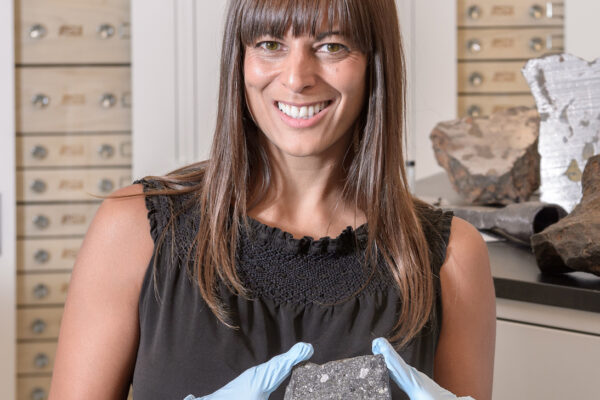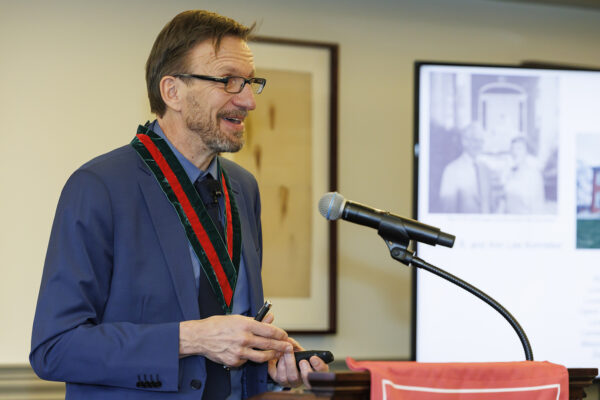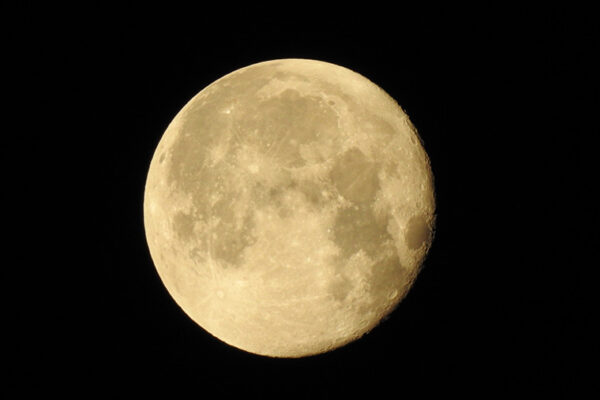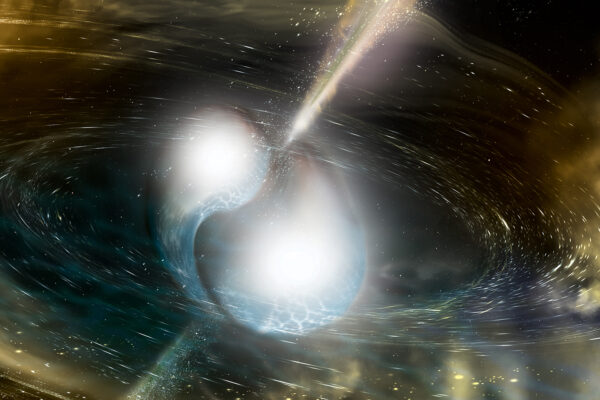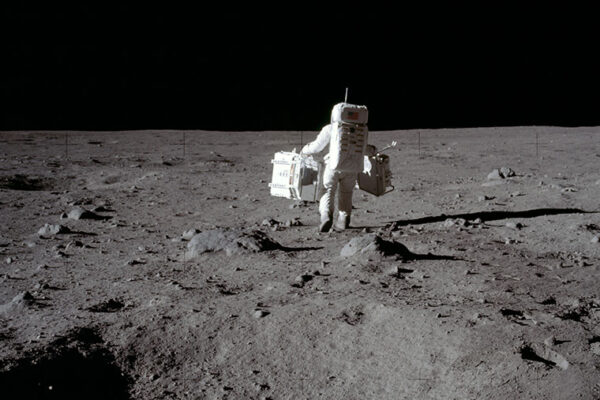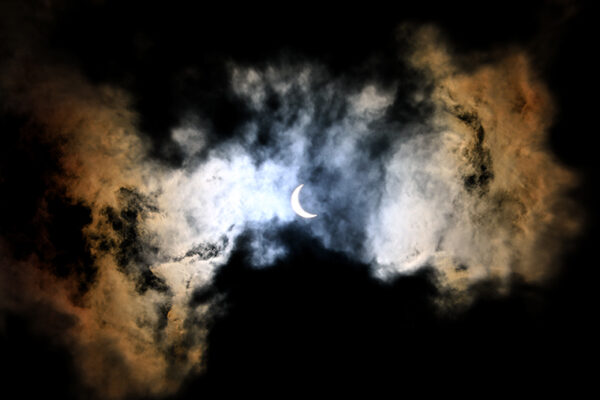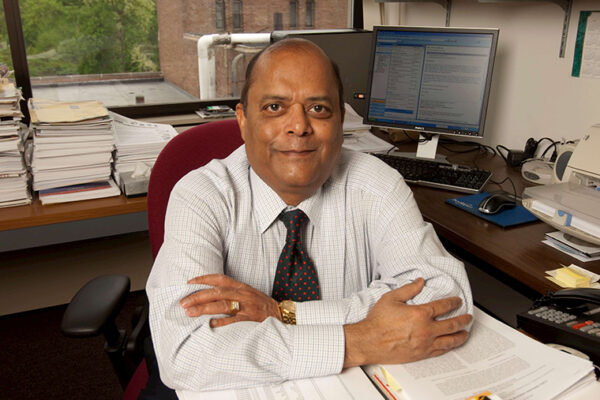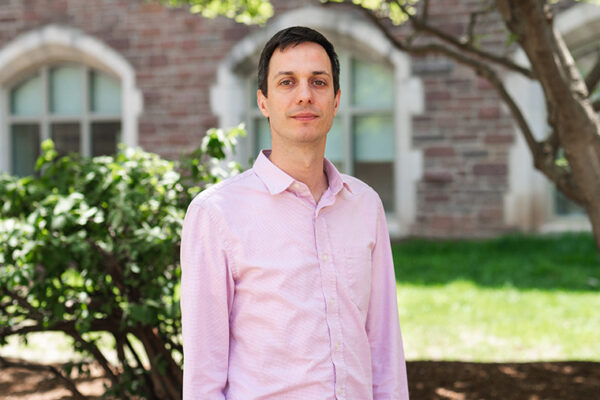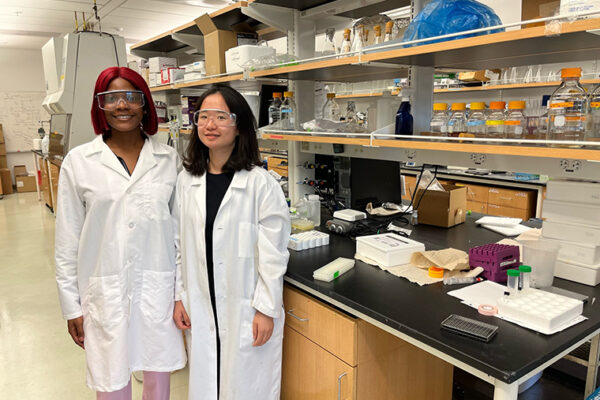Interplanetary rockstar
Meenakshi Wadhwa, director of the School of Earth and Space Exploration at Arizona State University, has built a formidable career studying our solar system.
Krawczynski installed as Wilfred R. and Ann Lee Konneker Distinguished Professor of Physics
Henric Krawczynski was installed as the Wilfred R. and Ann Lee Konneker Distinguished Professor of Physics in Arts & Sciences during a ceremony Feb. 28 at the Whittemore House. His installation lecture was titled “The Bright Side of Black Holes.”
With NASA support, device for future lunar mission being developed at WashU
Physicist Jeff Gillis-Davis in Arts & Sciences is leading a team that will develop and test an instrument to measure the chemistry of rocks, minerals, soil and ices on the surface of the Moon. The device is small enough to be carried by a rover or other robotic explorer.
Finding new physics in debris from colliding neutron stars
Neutron star mergers are a treasure trove for new physics signals, with implications for determining the true nature of dark matter, according to research from physicist Bhupal Dev in Arts & Sciences.
Space sciences team wins microanalysis award
A team from the McDonnell Center for the Space Sciences won the Microanalysis Society’s Macres Award for the best instrumentation/software paper.
Get your eclipse fix during Saturday Science events
The Department of Physics in Arts & Sciences is offering a series of free public lectures in advance of the 2024 total solar eclipse. The first one, taking place Saturday, Feb 10, is titled: “Cosmic coincidence: The science of eclipses.”
Agarwal receives SAE International Award for Aerospace Innovation
Ramesh Agarwal, the William Palm Professor of Engineering in the McKelvey School of Engineering, has been awarded the SAE International Award for Aerospace Innovation.
Samples from a Wild comet reveal a surprising past
Eighteen years after NASA’s Stardust mission returned to Earth with the first samples from a known comet, the true nature of that icy object is coming into focus, according to physicist Ryan Ogliore in Arts & Sciences.
Errando awarded funding for astrophysics of relativistic jets
Manel Errando, an assistant professor of physics in Arts & Sciences, has been awarded a $375,000 grant from the National Science Foundation to conduct studies of active galactic nuclei.
WashU students contribute to biomanufacturing in space
WashU engineers visited Kennedy Space Center to report research progress and to understand testing capabilities for alternative feedstocks in biomanufacturing.
Older Stories
